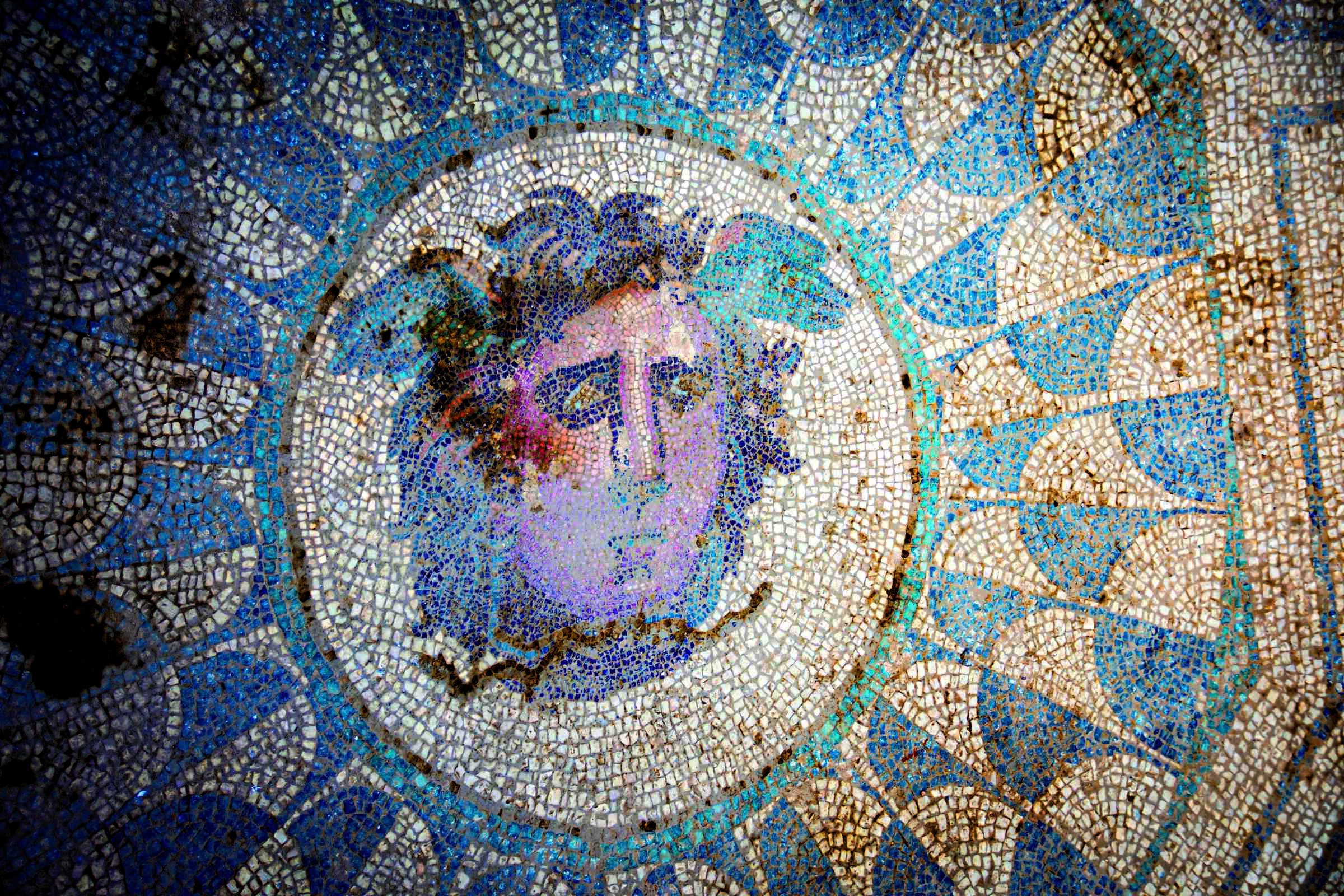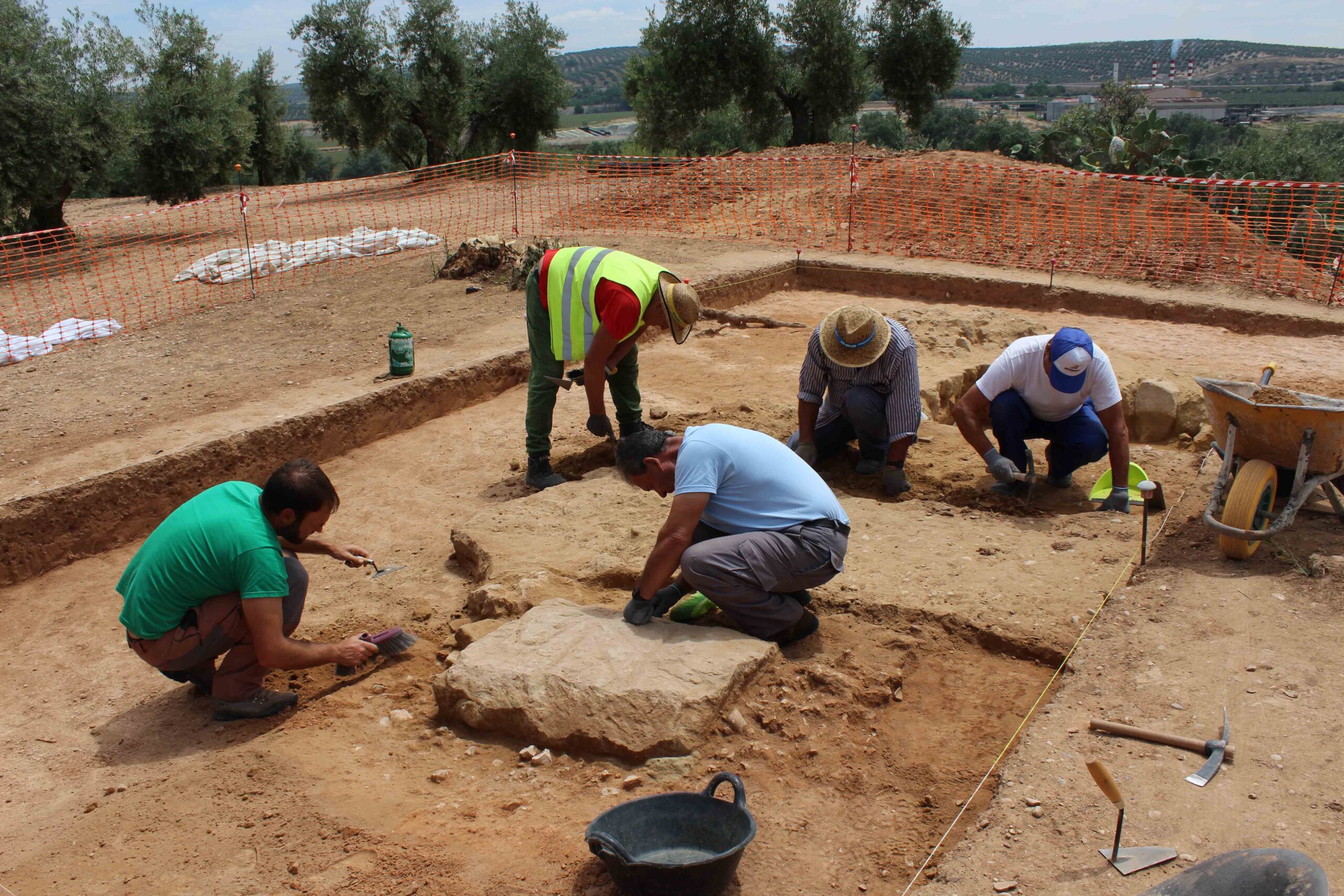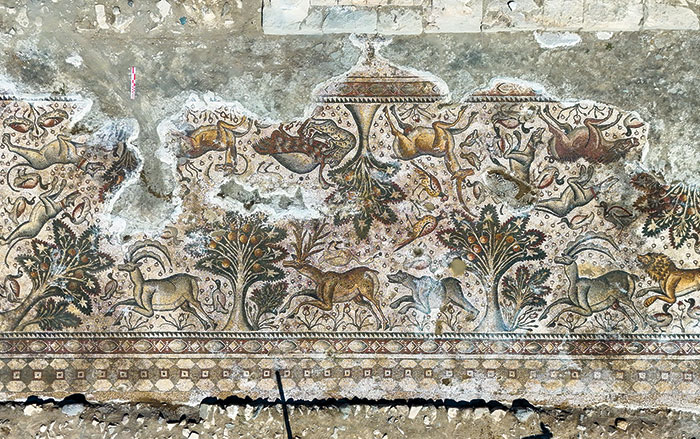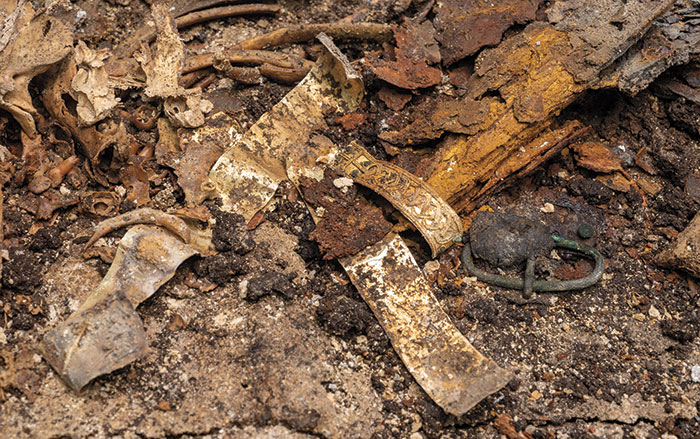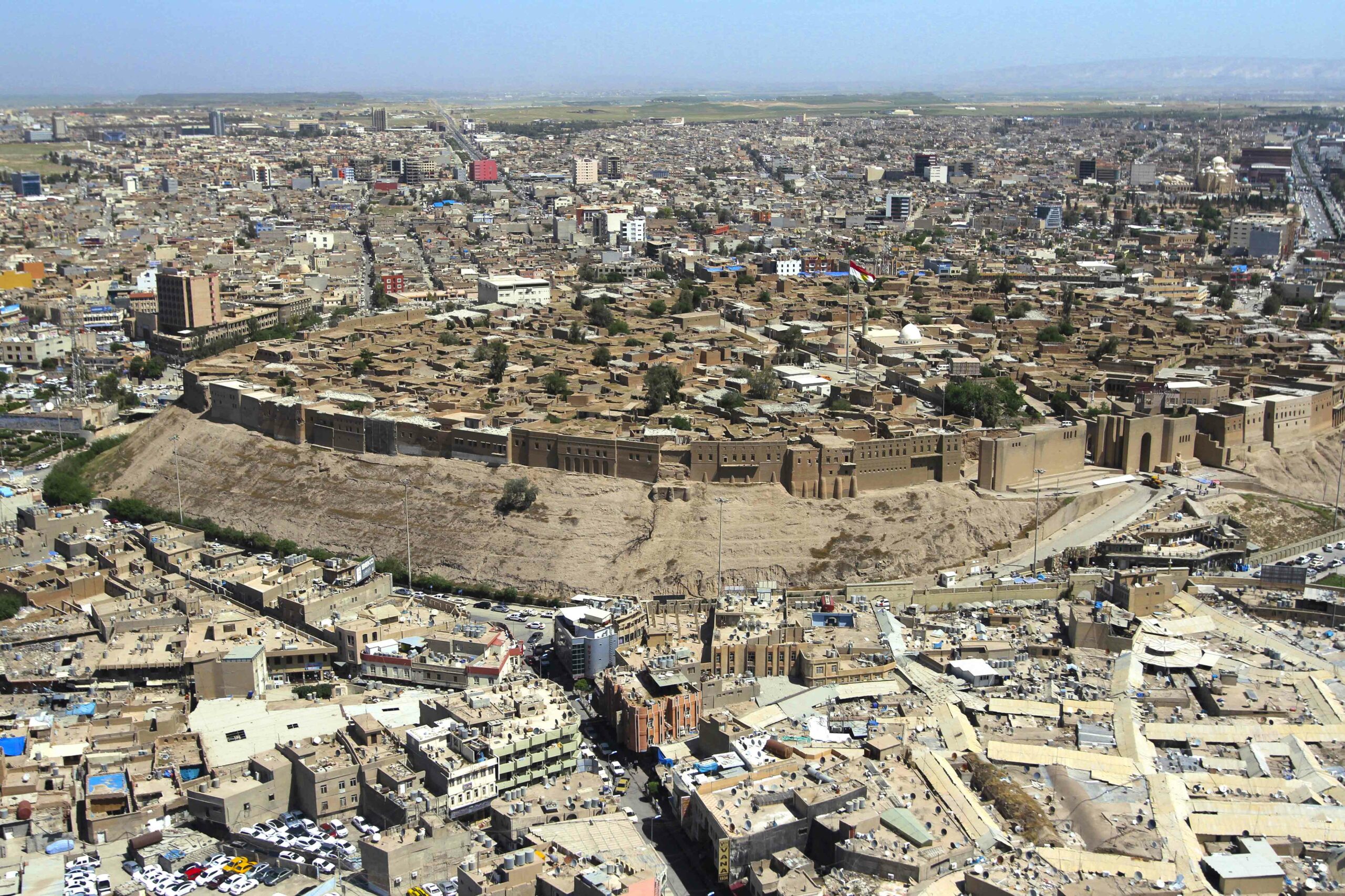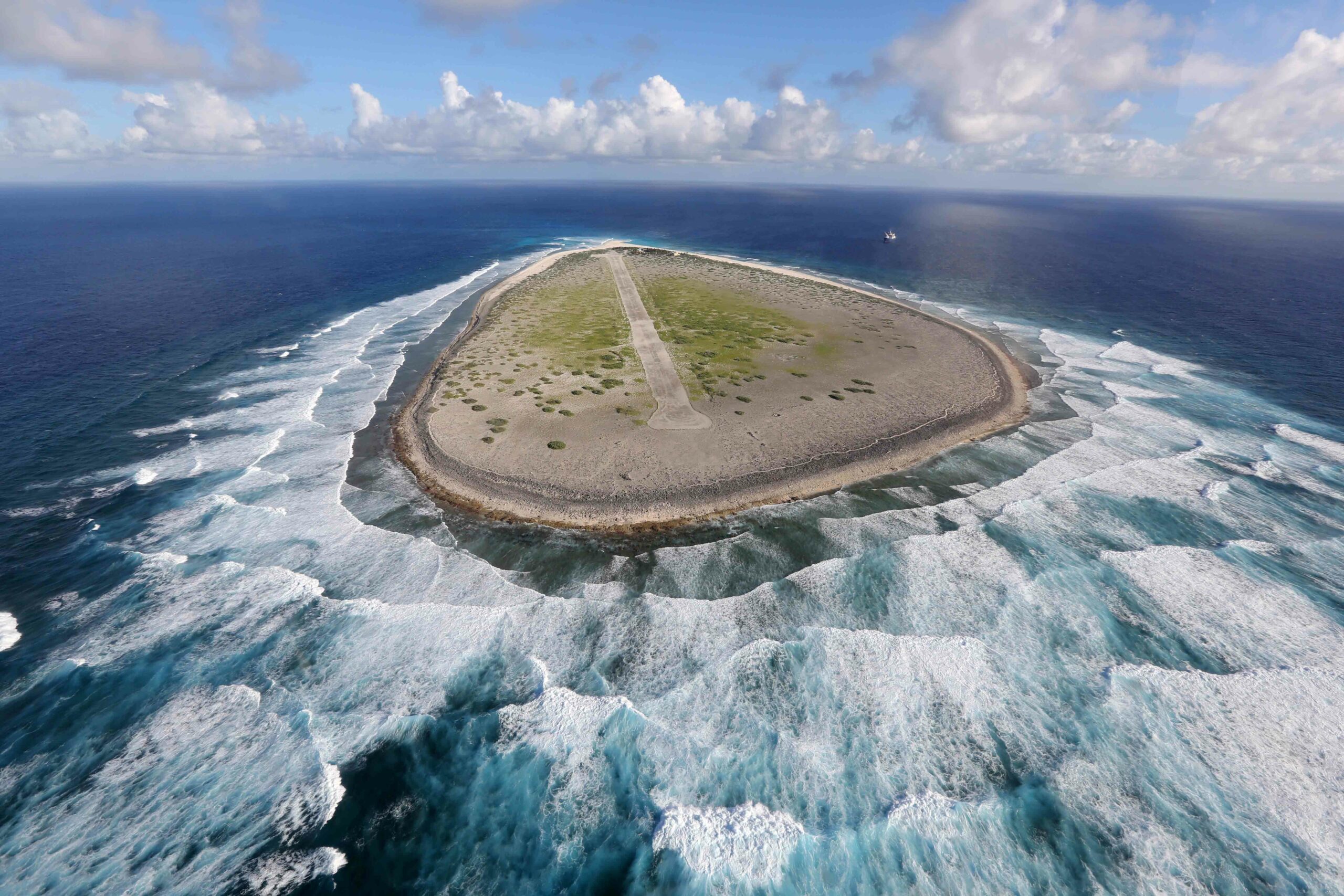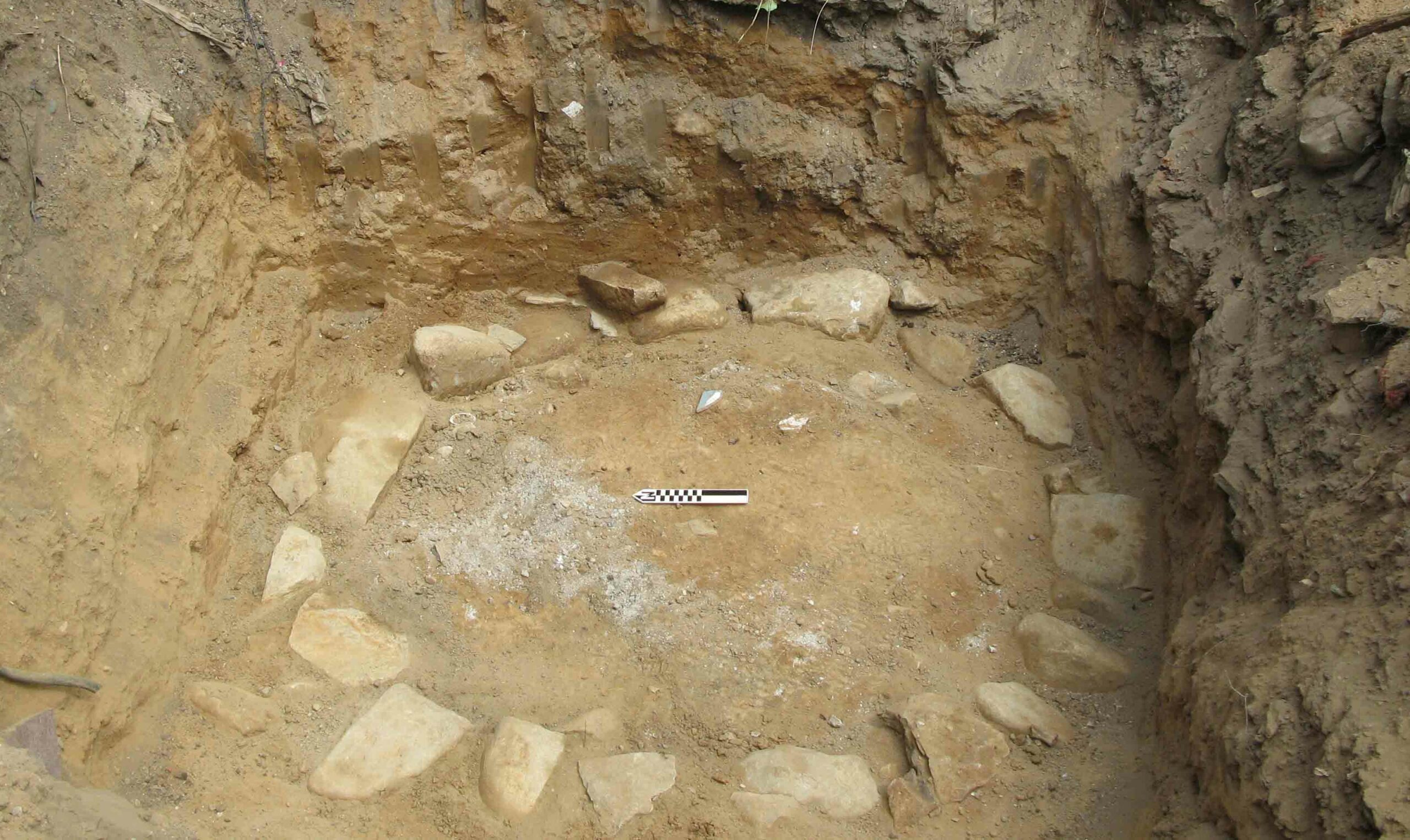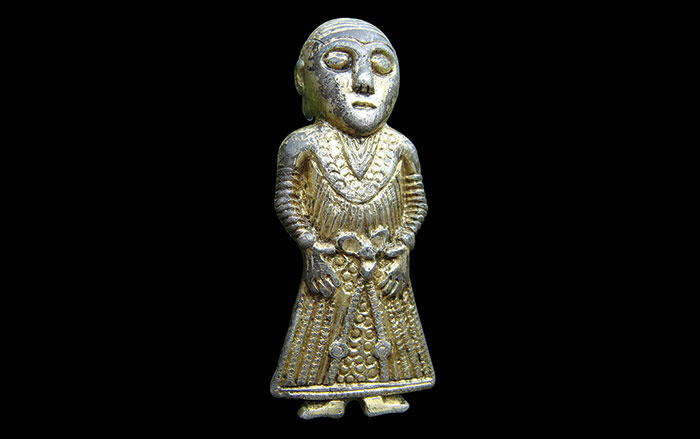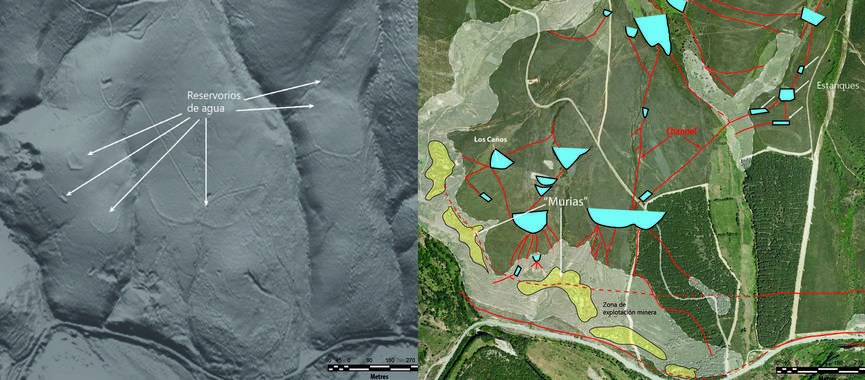
LEON, SPAIN—Researchers from the University of Salamanca have discovered a sophisticated ancient Roman gold mining network in northwestern Spain’s Eria Valley, reports La Ciencia es Noticia. Using airborne lidar that allowed them to see beneath the thick vegetation and cultivated fields, the scholars have located what they consider to be the largest opencast Roman goldmine, as well as the extremely complex and sophisticated hydraulic network used to extract the gold, a technique that the Romans learned from the Egyptians who had employed hydraulic techniques in mining for hundreds of years. To read about the discovery of a hoard of Roman gold, go to ARCHAEOLOGY'S "Hoard of Roman Gold Jewlery Unearthed in Colchester."



